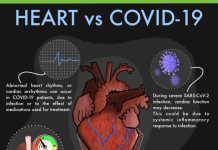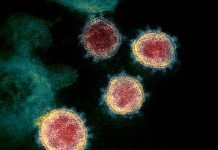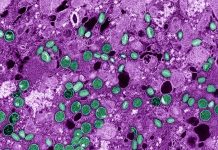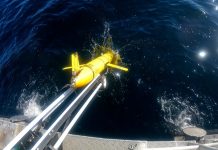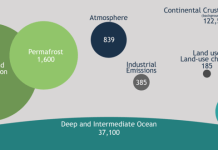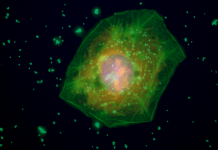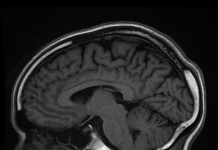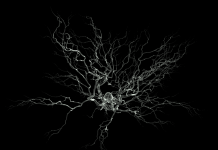Interspecies Blastocyst Complementation (IBC) (i.e., complementation by microinjecting stem cells of other species into blastocyst-stage embryos) successfully generated rat forebrain tissue in mice which was structurally and functionally intact. In a related study, it was also found that the rat-mouse synaptic activity was supported and the synthetic neural circuits built from two different species could function in an intact brain.
Blastocyst complementation, i.e., complementation of genetically deficient organs by microinjecting stem cells into blastocyst-stage embryos was first reported in 1993. This involved complementation of T- and B-lymphocytes in deficient mice by microinjecting intact mouse embryonic stem cells (mESCs) into blastocyst-stage embryos.
The complementation by microinjecting stem cells of other species into blastocyst-stage embryos generating interspecific chimeras was successful in 2010 when PDX1-deficient mice was complemented with rat pancreas. This achievement laid the foundation of the biological technique of Interspecies Blastocyst Complementation (IBC).
Since 2010, Interspecies Blastocyst Complementation (IBC) has come a long way (including complementation with the human genes which means potential for human organogenesis for transplantation).
However, brain tissue could not be achieved through IBC till date despite several recent successes. Researchers, now, report generation of rat forebrain tissue in mice through IBC.
The research team successfully developed a C-CRISPR-based IBC strategy. This helped in rapid screening of candidate genes and identified that Hesx1 deficiency supported the generation of rat forebrain tissue in mice via IBC. The rat forebrain tissues in adult mice were structurally and functionally intact. They developed at the same pace as the mouse host and maintained rat-like transcriptome profiles. However, the rate of chimerism of rat cells gradually decreased as development progressed which is suggestive of presence of xenogeneic barriers during mid-to-late pre-natal development.
In another related study published simultaneously, the researchers applied blastocyst complementation to selectively build and test interspecies neural circuits to check whether neural circuits built from two species, can function in an intact brain.
The rat pluripotent stem cells injected into mouse blastocysts developed and persisted throughout the mouse brain. The rat neurons in the cortex and hippocampus were reprogrammed in the mouse niche and supported rat-mouse synaptic activity. When mouse olfactory neurons were are silenced, rat neurons restored information flow to odour processing circuits. The primal behavior of food seeking was also rescued. Thus, the mouse could sense the world using neurons from another species.
This study establishes neural blastocyst complementation as a powerful tool to identify conserved mechanisms of brain development, plasticity, and repair.
***
References:
- Huang, J. et al. 2024. Generation of rat forebrain tissues in mice. Cell. Volume 187, Issue 9, p2129-2142.E17. 25 April 2024. DOI: https://doi.org/10.1016/j.cell.2024.03.017
- Throesch, B. T. et al. 2024. Functional sensory circuits built from neurons of two species. Cell. Volume 187, Issue 9, p2143-2157.E15. 25 April 2024. DOI: https://doi.org/10.1016/j.cell.2024.03.042
***






